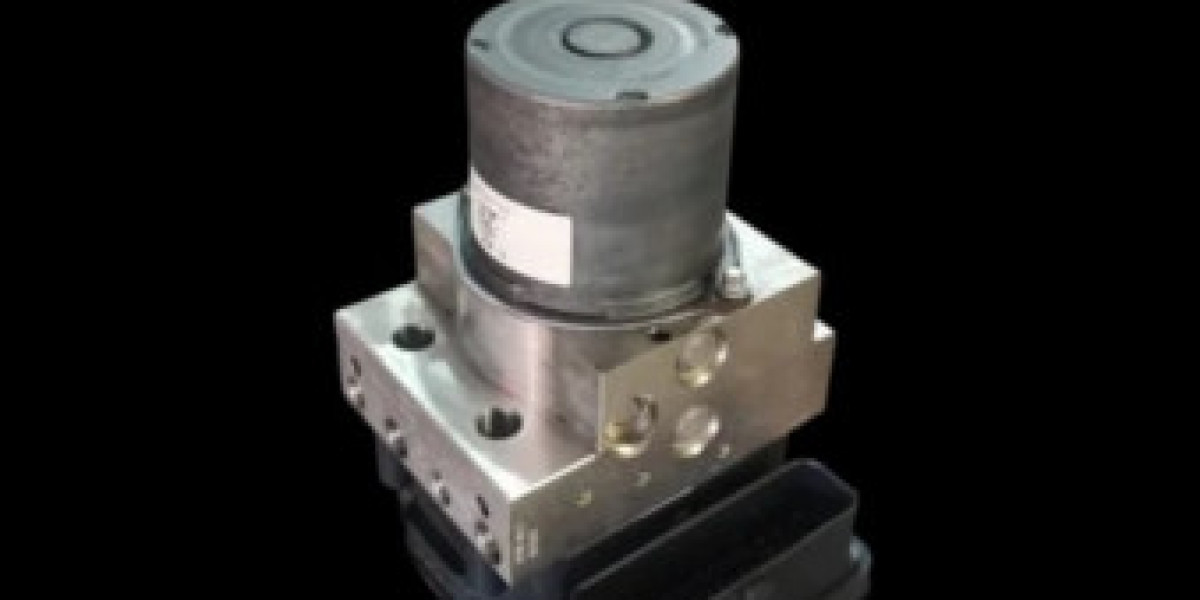Though it operates behind the scenes, the ABS pump plays a major role in how your vehicle responds during panic stops or slippery conditions. When it malfunctions, the effects may not be immediately noticeable — but the consequences can be significant. That’s where ABS pump repair becomes more than a mechanical necessity; it becomes a matter of safety and confidence.
The ABS Pump: What It Does and Why It Matters
The ABS pump is a hydraulic component that works in conjunction with the ABS control unit and wheel sensors. Its job is to rapidly modulate brake fluid pressure when the ABS system is activated, typically during sudden braking when the wheels are at risk of locking up.
In essence, the pump keeps your vehicle’s braking power dynamic and responsive — preventing skids, allowing better steering control, and minimizing stopping distance in adverse conditions. Without it, the ABS system cannot effectively manage pressure, and its intervention may be delayed or completely disabled.
Modern Safety Depends on This Component
The ABS pump isn’t a standalone device. In newer vehicles, it supports multiple systems including electronic stability control, traction control, and brake assist functions. A failure in the pump doesn’t just impact anti-lock braking — it can interfere with other essential technologies as well.
In vehicles designed to adapt braking behavior based on road conditions, driver input, and vehicle dynamics, the ABS pump becomes a hub for much of the safety network. That’s why ABS pump repair is no longer just about restoring the braking system — it’s about ensuring the vehicle as a whole remains safe and reliable.
When Things Go Wrong: Signs of ABS Pump Failure
One of the challenges with ABS pump problems is that they often remain hidden until they’re urgently needed. The regular braking system may still work under normal conditions, giving drivers a false sense of security. However, when a sudden stop is required — especially on slick or loose surfaces — the lack of ABS support can increase the chances of losing control.
Common warning signs that could point to ABS pump issues include:
ABS warning light illuminated
Traction control or ESC lights turning on unexpectedly
Unusual noises (buzzing or grinding) when braking or starting the car
Brake pedal feeling inconsistent or pulsing excessively
Noticeable decrease in braking control during sudden stops
If any of these indicators appear, it’s important not to delay. While they could be caused by a range of ABS-related problems, the pump is often one of the core components involved.
Why ABS Pumps Fail
Like all parts under constant mechanical and hydraulic pressure, ABS pumps can wear out over time. Factors that commonly contribute to pump failure include:
Old or contaminated brake fluid: Brake fluid absorbs moisture, which can lead to internal corrosion.
Electrical issues: Wiring faults or damaged connectors can disrupt the pump’s operation.
Internal motor wear: Over time, the motor inside the pump can burn out or lose effectiveness.
Frequent heavy braking or challenging driving conditions: These can accelerate wear on hydraulic components.
Regardless of the cause, addressing the issue promptly is key to preventing broader system failures and ensuring continued safety.
ABS Pump Repair vs. Replacement
Depending on the severity of the issue, ABS pump repair may involve cleaning, replacing worn parts, or reconditioning internal mechanisms. In some cases, a full replacement may be necessary if the damage is beyond repair or if the part is integrated with non-serviceable electronic modules.
A thorough diagnostic process can help determine the right approach. It's important to assess whether the pump alone is at fault or if related components — like the control module or sensor array — are contributing to the failure.
The Real Cost of Ignoring the Problem
Some drivers choose to delay ABS pump repair due to cost concerns, especially if the brakes seem to work normally in everyday conditions. However, ignoring the problem can have far more expensive consequences.
In addition to the increased risk of accidents, a failing ABS pump can lead to additional strain on other braking components, including the master cylinder, calipers, and brake lines. Over time, this can escalate repair costs significantly — not to mention put you and your passengers at unnecessary risk.
Driving Without a Functional ABS: What’s at Stake?
When the ABS pump fails, your vehicle reverts to traditional braking. While this still allows the car to stop, it eliminates one of the most important safety buffers modern drivers rely on. The ABS is specifically designed to help avoid wheel lock-up and improve vehicle stability during emergency braking situations.
Driving without a functional ABS means longer stopping distances, less control on slippery roads, and greater risk during abrupt stops. In bad weather or heavy traffic, this lack of control can become a serious liability.
Prevention Is Better Than Repair
Although ABS pump failure can’t always be predicted, proactive maintenance helps reduce the chances. Regularly flushing and replacing brake fluid as recommended by your vehicle’s manufacturer can prevent internal corrosion. Keeping sensors clean, ensuring electrical connections are intact, and responding quickly to warning lights are also smart steps toward maintaining system health.
Final Thoughts
In the broader picture of vehicle safety, the ABS pump might seem like a small component — but its impact is substantial. It’s the kind of part you rarely think about until it fails, and when it does, the consequences can be serious.
Addressing issues early with ABS pump repair ensures that your car remains not only roadworthy but also fully equipped to handle unpredictable driving situations. Whether you drive daily through city traffic or cruise down long highways, knowing your ABS system is operating correctly gives you one thing no car should be without: peace of mind.








